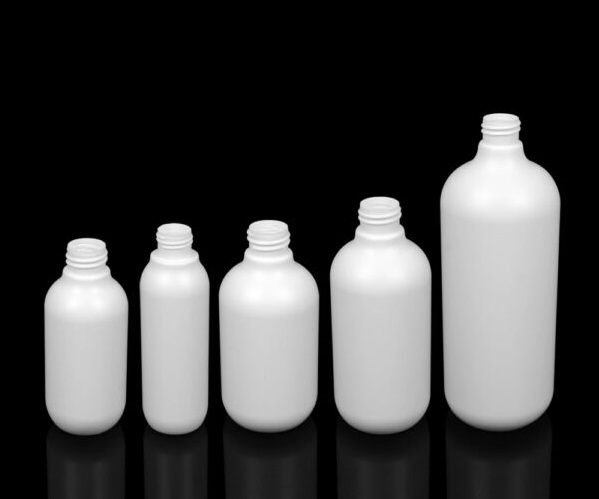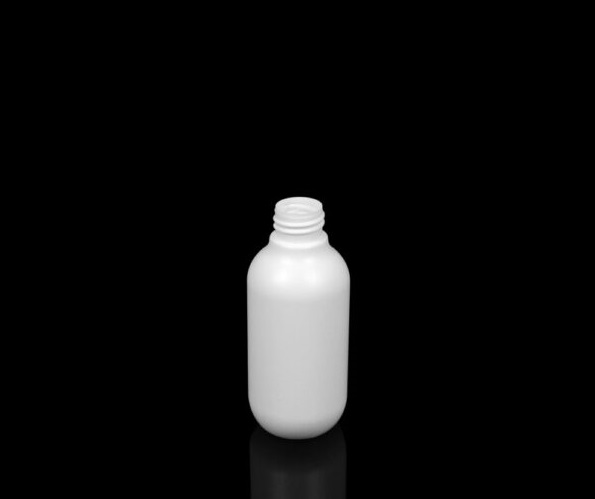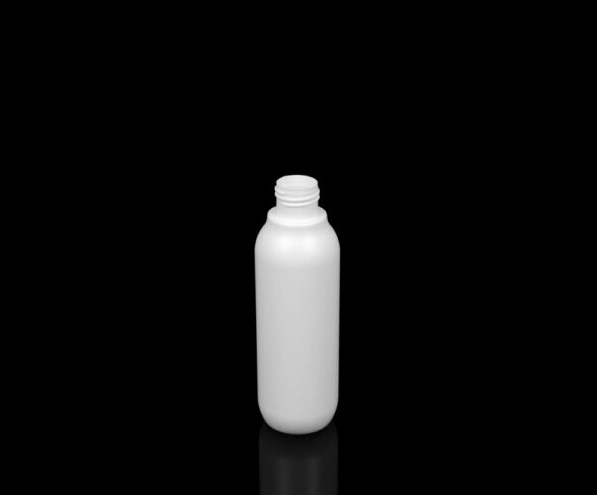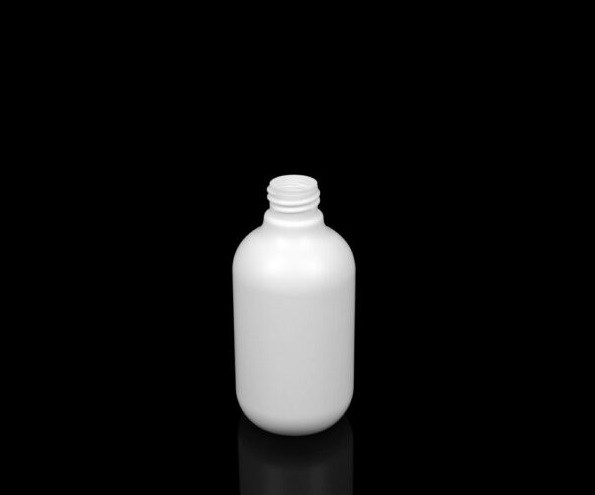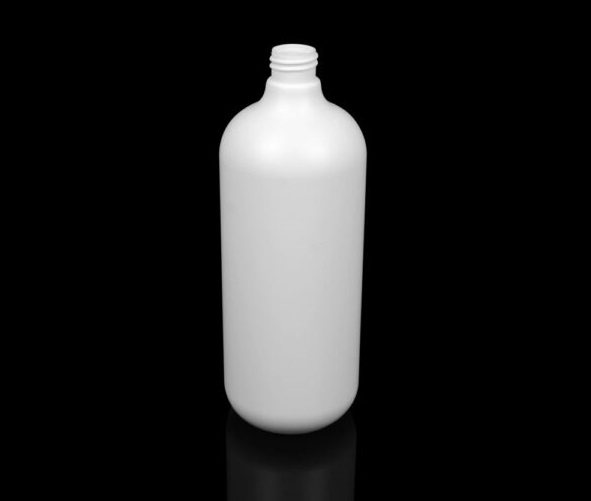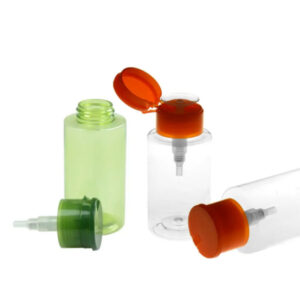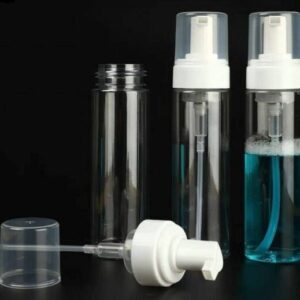A PCR PE bottle is a type of packaging container made from post-consumer recycled polyethylene (PE) plastic. It is a sustainable alternative to traditional plastic bottles that are made from virgin plastic.
The primary function of a PCR PE bottle is to store and transport various liquids, such as water, beverages, cleaning products, personal care products, and more. It provides a secure and leak-proof packaging solution for a wide range of consumer goods.
Environmental sustainability: The main advantage of PCR PE bottles is their reduced environmental impact. By using post-consumer recycled materials, they help reduce the demand for virgin plastic production, conserve natural resources, and divert plastic waste from landfills.
Energy savings: Manufacturing PCR PE bottles requires less energy compared to producing bottles from virgin plastic. Recycling plastic reduces the need for extracting and refining raw materials, reducing the overall carbon footprint.
Reduced greenhouse gas emissions: The production of PCR PE bottles emits fewer greenhouse gases compared to virgin plastic production. This helps combat climate change and lowers the carbon footprint associated with plastic packaging.
Lightweight and durable: PCR PE bottles are lightweight, making them easier to transport and handle. They are also durable, providing protection against breakage, which is important for products that are shipped frequently and need to withstand various handling conditions.
Versatile and customizable: PCR PE bottles can be designed in various shapes, sizes, and colors, allowing for versatile packaging solutions that cater to different product needs. They can be easily customized with labels, logos, and branding elements to enhance product visibility and marketability.
Compliant with regulations: PCR PE bottles meet the same safety and quality standards as bottles made from virgin plastic. They comply with regulations for food-grade packaging materials, ensuring consumer safety.
In conclusion, PCR PE bottles offer numerous benefits, including environmental sustainability, energy savings, reduced greenhouse gas emissions, lightweight and durable construction, versatility, and compliance with regulations. These advantages make them an eco-friendly and efficient packaging option for a wide range of products.
